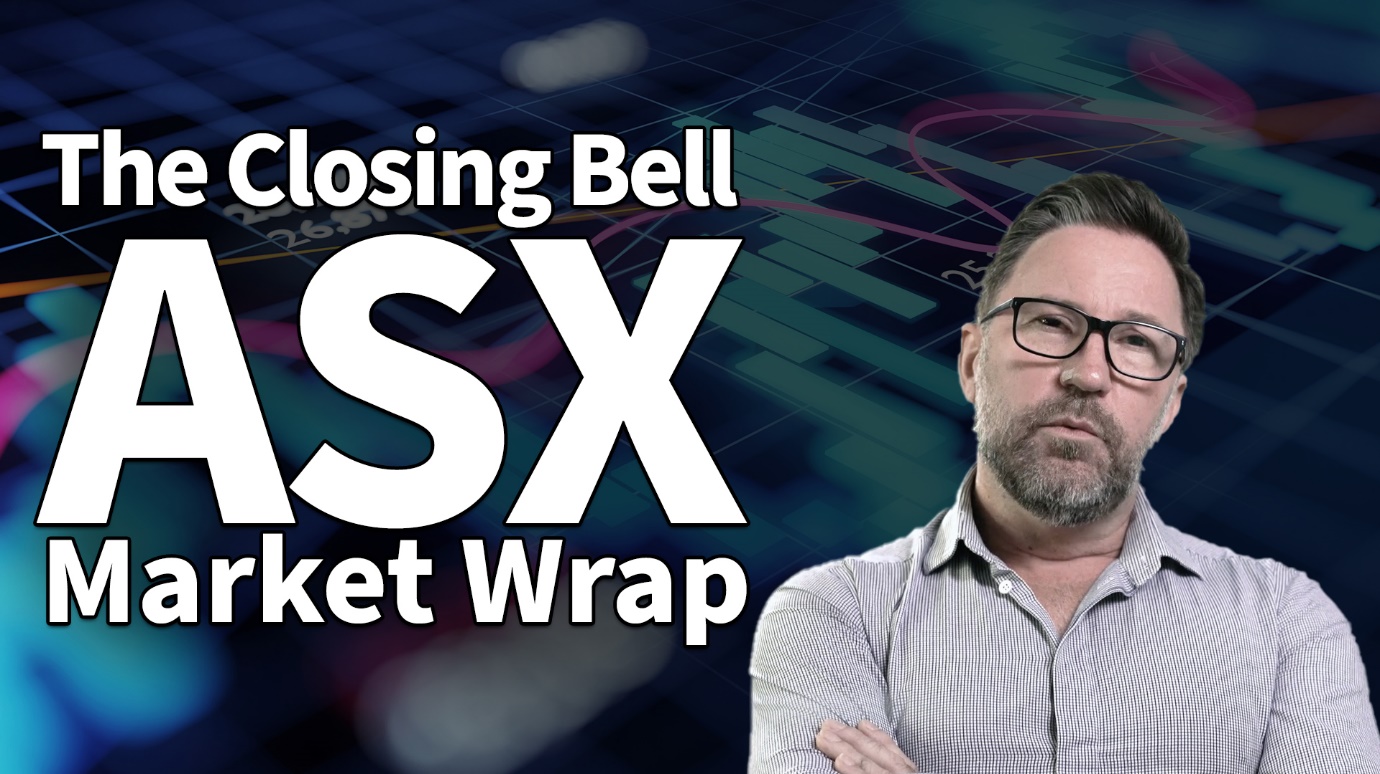In today’s Money Weekend…a microcosm of life…the scorecard…strike rate and risk/reward…and much more…
Dear Reader,
As the year draws to a close, it is time for traders to sit back and reflect on the year that was.
The process of looking back over the past with hard data to zero in on what went well and what could be improved in future is an incredibly important one.
Many of us shy away from an objective and sometimes brutal assessment of our performance. It is far easier to stick our head in the sand if things don’t go well and tell ourselves we were unlucky, or that the market is rigged, or whatever makes our ego feel a little better.
Trading the markets is a microcosm of life.
Like a teenager leaving school to face the world, you enter the markets full of hope and excitement, sure of your ability to make money where others have failed.
The teenager soon discovers that entering the workforce and fighting for survival with others working hard to step on their head on the way to the top is easier said than done.
Relationships fail, jobs are lost, money is tight.
This life thing turns out to be a lot harder than anyone let on.
Letting go of childhood fantasies and stepping into the reality of life is a long, hard road that we all face.
But face it we must or end up flat on our arse when life kicks us so hard we are forced out of our stupor.
The journey for a trader is the same.
You either align yourself with the realities of being involved in the markets, or you are carried out on a stretcher with a decimated account.
Unlike life, there is an objective measure of how aligned you are with the reality of the markets. Your P+L.
The scorecard
You have a scorecard that can be analysed to give you a clear indication of how you actually behave under pressure.
When looking at the scorecard in retrospect, you can clearly see where you went wrong. When you approach the process with an open mind and a desire to improve, you can have profound realisations.
A chart of your P+L over time is a valuable tool. It will be a map of your emotions. You will see the time you held onto a position too long that caused a large loss that led to a string of losses before you stopped trading and allowed yourself to get back on an even keel.
Once you lose confidence, it can quickly escalate into a large drawdown.
Learning to see the signs before things get out of hand is an important thing to learn.
The process of planning and reviewing your trading on a regular basis is the way to improve quickly.
But many novice traders don’t do it.
I think most of us work so hard to protect our flimsy egos that we would rather not stare at ourselves warts and all.
Trading the markets is as stark a mirror as you can find.
It will point out every flaw. Each and every pimple.
If you want to improve as a trader, you have to be willing to stand back and assess yourself in an objective way.
Strike rate and risk/reward
I like to work out my strike rate and risk/reward on a regular basis to get a feel for how my trading is going.
You just create a column in a spreadsheet for your winning trades and losing trades.
Add up the percentage gain on winners and the percentage loss on losers.
Divide each result by the number of winning or losing trades made and you have a figure for your risk/reward, or how much you make on each winning trade and lose on each losing trade.
Now you divide the number of winning trades by the total number of trades made to find out your strike rate.
Since starting Retirement Trader three years ago, the strike rate is around 60% and the risk/reward close to three to one.
If you get 50% of your trades right and make as much on a winner as you lose on a loser, you aren’t making any money.
Increase the risk/reward to two to one and you have a viable strategy.
Getting six out of 10 trades right and making three times as much on a winner than you lose on a loser is a great position to be in.
That has been my target and we are sticking around that level, which makes me happy.
It means my strike rate can fall below 50% for a while and we will still be fine overall.
Another way of looking at it is that with a three to one risk/reward, I can get 75% of my trades wrong and still breakeven.
That gives us plenty of room for error.
The path to a three to one risk/reward was far harder for me than I ever imagined when I began trading.
I think the major contributor is my profit-taking strategy, which was developed as a result of years of trial and error and trading reviews.
So schedule a time over the holidays to sit down with a glass of red and an excel spreadsheet to work out exactly where you are, so you can work out what you need to do to succeed next year.
Check out my Closing Bell video below, where I show you how to calculate all of your trading stats and show you my trading stats at Retirement Trader for the past three years.
Regards,
 |
Murray Dawes,
For Money Weekend
PS: Watch the latest episode of my series ‘The Closing Bell’ on YouTube. Click here or the thumbnail below to view it.


